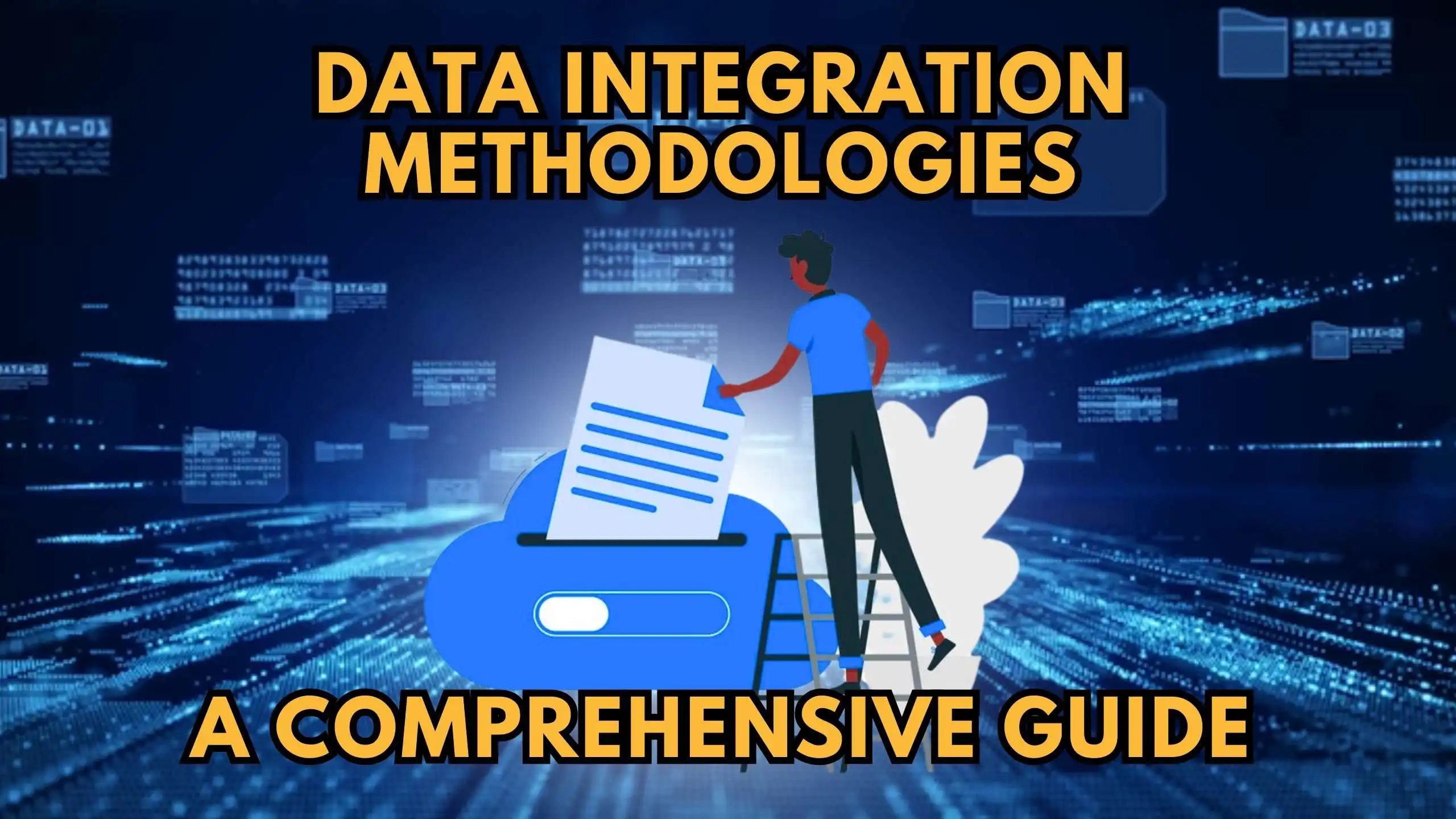Data Integration Methodologies: A Comprehensive Guide
- Data as a Service (DaaS) Software Marketing & Analytics


Data Integration Methodologies: A Comprehensive Guide
In the ever-evolving landscape of data management, the need for seamless integration has become paramount. Businesses are constantly seeking efficient ways to amalgamate disparate data sources, paving the way for better decision-making processes. In this comprehensive guide, we delve into the four primary types of data integration methodologies.
1. Traditional Batch Processing:
Traditional Batch Processing remains a stalwart in data integration. This methodology involves collecting, processing, and loading data at scheduled intervals. Many businesses opt for this method when dealing with large volumes of historical data. Notable SaaS products relevant to this approach include:
Apache Nifi: A powerful data integration tool that enables the automation of data flow between systems.
Talend: Talend provides open-source software solutions for data integration, data quality, and big data.
2. Microservices-based Integration:
With the rise of microservices architecture, data integration has taken a more modular approach. Microservices-based Integration allows for independent deployment and scaling of specific components. SaaS products like:
MuleSoft: Known for its Anypoint Platform, MuleSoft facilitates integration through API-led connectivity.
Dell Boomi: A cloud-based integration platform that allows businesses to connect applications and data.
3. Data Virtualization:
Data Virtualization offers a layer of abstraction, allowing users to access and manipulate data without concern for its physical location. This methodology is adept at providing real-time access to integrated data. Relevant SaaS products include:
Denodo: Denodo’s data virtualization platform provides agile, high-performance data integration.
Cisco Data Virtualization: Cisco’s solution enables seamless data integration across multiple sources.
4. Change Data Capture (CDC):
Change Data Capture focuses on identifying and capturing changes made to data, providing an efficient way to keep systems in sync. Notable SaaS products for this methodology are:
Attunity: Attunity, now part of Qore Technologies, specializes in real-time data integration and CDC.
Oracle GoldenGate: Oracle GoldenGate offers real-time data integration and replication.
Conclusion:
In conclusion, the choice of data integration methodology depends on the specific needs and challenges faced by a business. Understanding the nuances of Traditional Batch Processing, Microservices-based Integration, Data Virtualization, and Change Data Capture empowers organizations to make informed decisions about their data integration strategy.
If you’re planning to elevate your data integration strategy to new heights, try Subscribed.fyi. Sign up today to explore exclusive deals on SaaS tools tailored to enhance your data integration experience. Streamline your processes, optimize efficiency, and stay ahead in the competitive world of data management.
Relevant Links:
- Subscribed.fyi Deals
- Apache Nifi
- Talend
- MuleSoft
- Dell Boomi
- Denodo
- Cisco Data Virtualization
- QoreTechnologies
- Oracle GoldenGate





